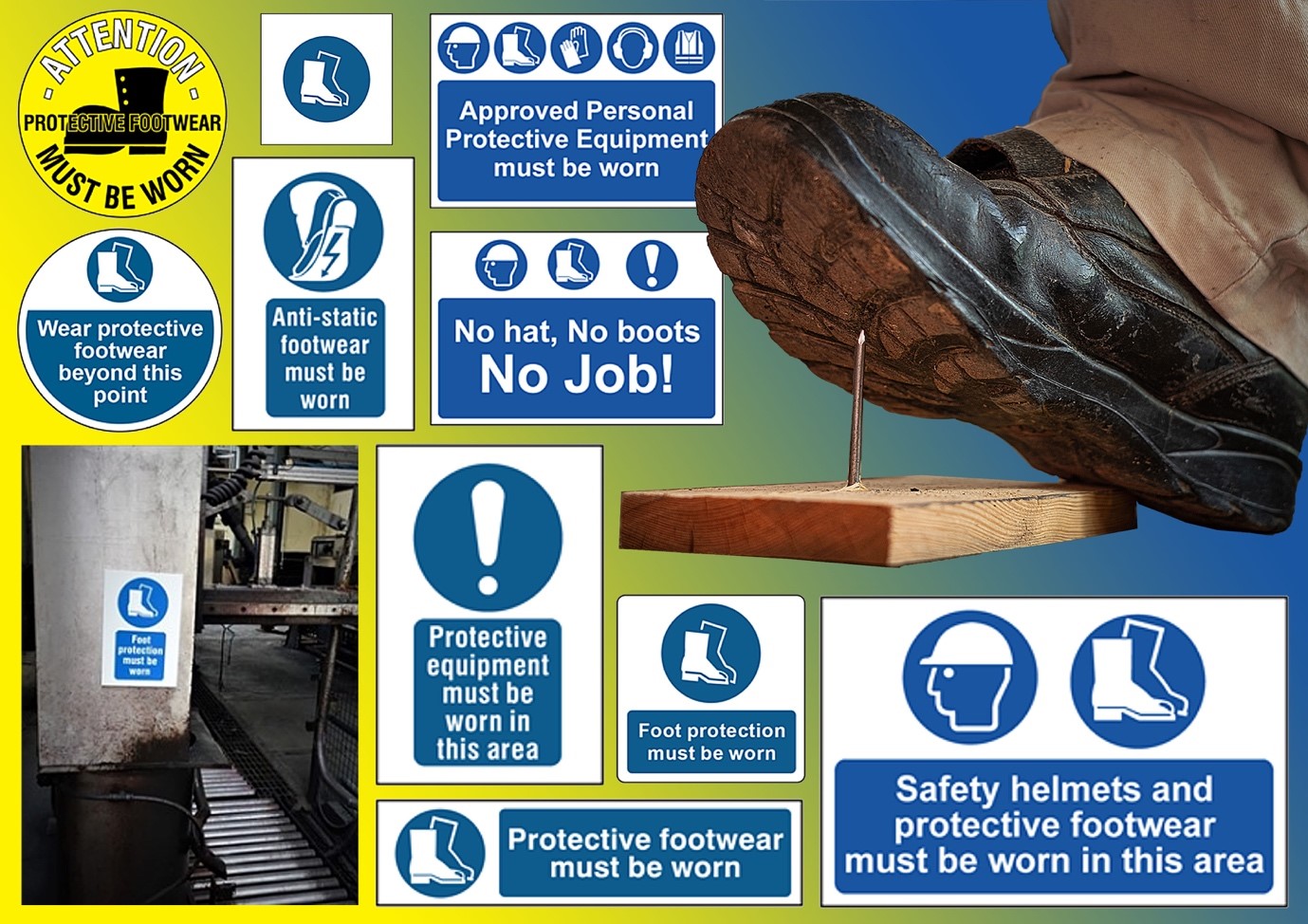
These days, when we think of PPE, it conjures images of face masks and other medical-related protection. However, PPE is far-reaching and includes protection for all parts of a person’s body.
For example, if you have ever worked a factory or manual labour job, steel-toe-capped boots are the baseline. They may seem small, but these boots have been the difference between a sore toe and a broken one.
Below, we discuss foot protection safety, the responsibility employers have, the legislation around the subject and how to protect feet in your workplace.
Foot Protection Safety, Explained
There are a variety of hazards that can impact foot safety. Crushing or rolling injuries are common, then there are dangers such as dropping corrosive, poisonous or hot substances on the legs or feet.
For this reason, it is important employees have their feet protected. All forms of PPE are governed by Personal Protective Equipment (PPE) at Work Regulations 1992, which were amended in 2011.
Under these regulations, employers are entirely responsible for worker’s safety. This involves all forms of PPE; if your job requires foot PPE, then an employer cannot let you work without them.
UK law dictates that all protective boots must have steel-toe caps and can withstand 200 joules of impact. These are governed by N ISO 20345:2011 standards.
However, there are multiple types of protective boots and footwear.
What Are The Types of Foot Protection PPE?

For most industries, standard steel-toe-cap boots will be more than enough to keep your feet healthy. There are numerous classes to pick from, though, and some industries may require stronger protection or different materials.
There are numerous boots available, namely:
- SB – This stands for “Safety Basic”. These are the boots mentioned earlier that can withstand 200 joules of force.
- SBP – These are the same as “Safety Basic” boots, but include a metal plate in the middle for extra protection.
- S1 – These are specialised anti-static boots with extra insulation. They are resistant to fuel, making them a mainstay in oil rigs and other fuel-based industries.
- S1P – This is the same as S1 boots, but feature a metal plate across the middle of the boot for extra protection.
- S2 – These boots have better water protection.
- S3 – These feature a specialised mid-sole against penetration.
- S4 – These are classed as safety wellies. They have all of the features of an S1 boot, but with significantly better waterproof and leak-proof functionality.
- S5 – These are S4 boots, but with better protection.
As an employer, you must inform employees of the boots they need to stay safe or provide them with a pair. The boots must be of good quality, and damaged pairs should be replaced.
Do You Need Foot Protection Training?
You do not need specialised foot protection training. However, foot safety should be included in any PPE training or general safety training you provide.
This should not be glossed over. Foot injuries are serious, and they account for 3,986 (6%) of injuries per year in the UK alone.
What Is The Role of Foot Protection Signs?
Training and PPE is the foundation of foot protection safety. However, sometimes, people need reminders.
This is where our range of high-quality foot protection signs come in. These signs remind employees of the dangers of poor foot PPE, as well as provide indicators to keep them safe.
Proper use of foot protection signs in conjunction with training and good-standard PPE means a healthier, happier workforce.
For more on safety developments and news, be sure to follow our Twitter.